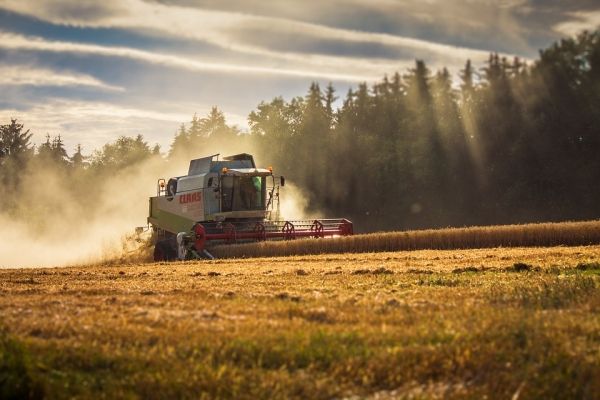U.S. agricultural systems are world leaders in the production of food, fuel and fiber. This high level of production enables U.S. consumers to spend an average of only 8.6 percent of their disposable income on food, a percentage that has been trending downward since 1960. Growing evidence, however, shows that many hidden costs of cheap food may be passed on through factors such as reduced nutritional content, environmental degradation and the diminishing livelihoods of U.S. farm operators.
A major new study led by Emory University digs deeper into the question of why, despite the extraordinary productivity of U.S. agriculture, U.S. farm operators are systematically losing money. The journal Frontiers of Sustainable Food Systems published the analysis, which drew from publicly available data from the U.S. Department of Agriculture, the U.S. Bureau of Economic Analysis and other sources.
“It’s not that agriculture as a sector is not profitable,” says Emily Burchfield, assistant professor in Emory’s Department of Environmental Sciences and lead author of the study. “It’s that, despite hard work and significant financial risk, many of the people who operate U.S. farms are not able to make a decent living at it.”
Rising input costs, shrinking production values, commodity specialization and challenges to land access all appear to be connected to declining farm operator livelihoods, the study concludes.
Read more at Emory University
Photo Credit: ThiloBecker via Pixabay


